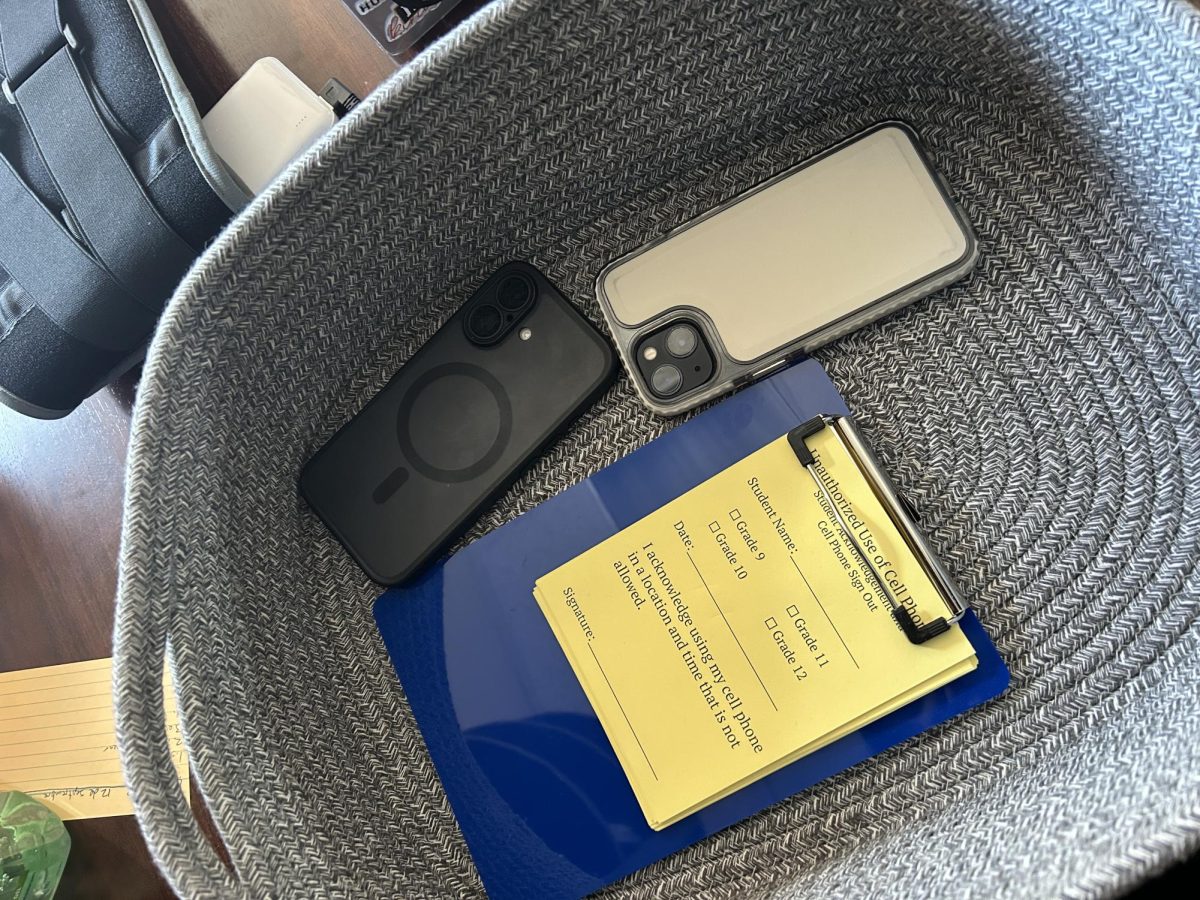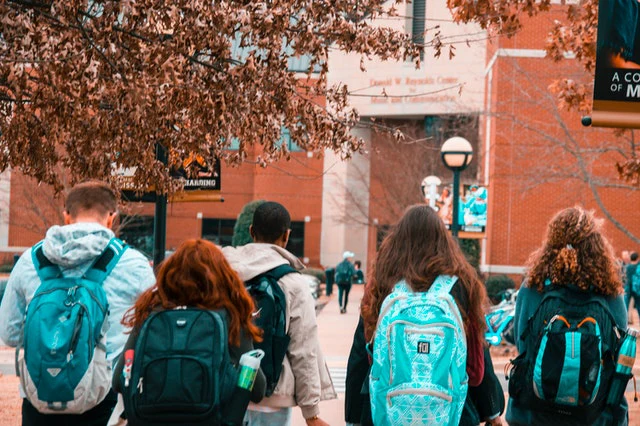
What is NIL?
In July 2021, college athletics underwent one of the most significant changes it may ever experience. Multiple new state laws and NCAA regulations were passed on July 1, regarding the use of NIL (Name, Image, Likeness) for college athletes. This allowed student-athletes to “receive monetary compensation for their athletic accomplishments.”
Before the NIL laws were implemented, certain programs, such as Alabama, Penn State, Notre Dame, and Michigan, were paying money directly to players, in return for them staying quiet about their illegal deals. According to Icon Source, “Athletes have demanded compensation through various means and coaches have been caught trying to incentivize players to come to their school through elaborate gifts or sneaky offerings of cash.” Although students can use their name, image, and likeness, this does NOT mean that NCAA programs can pay athletes directly.
Although the NIL laws are a recent endeavor, the argument over paying college athletes stems from the early 2000s. Former UCLA basketball player Ed O’Bannon filed a class-action lawsuit against the NCAA, where O’Bannon argued that “college athletes should be compensated for the use of their name and image in video games.” Following the lawsuit, the judge demanded the NCAA to pay “$44.4 million in attorneys’ fees and another $1.5 million in costs to lawyers for the plaintiffs in the Ed O’Bannon class-action antitrust lawsuit.” This ultimately opened up the conversation for more discussions about using likeness for monetary gain.
Who does NIL Apply to?
It may seem like NIL deals would only apply to the most elite college athletes, meaning that 99% of student-athletes would be unaffected by this decision. But the new NIL deals apply to monetizing social media accounts, signing autographs, teaching camps or lessons, starting their own business, participating in advertising campaigns, and other possible experiences.
All types of athletes have equal chances to make money, whether you are a future NBA lottery pick or a backup safety with no future in the NFL. While some people may imagine that only the biggest schools would be able to afford big NIL deals with players, it seems it is quite the opposite. Smaller schools may actually have an equal and even larger market for different athletes. This is because NIL deals rely less on performance, and more on social media influence and following. This means that a “hometown hero”, or someone who has gained a large social media following but attends a less lucrative university, can actually earn a large amount of money.
Who are the Biggest Earners?
[This list is based on the estimated NIL valuation of each player (Source: Business Insider)]
- University of Georgia quarterback Carson Beck – $1.5 million
- University of Alabama quarterback Jalen Milroe – $1.6 million
- Louisiana State University forward Angel Reese – $1.8 million
- University of Texas quarterback Quinn Ewers – $1.9 million
- University of Colorado wide receiver and cornerback Travis Hunter’s – $2.4 million
- University of Texas’s backup quarterback Arch Manning – $2.8 million
- University of Iowa guard Caitlin Clark – $3.1 million
- LSU gymnast Livvy Dunne – $3.6 million
- University of Colorado quarterback Shedeur Sanders – $4.7 million
- USC guard Bronny James – $4.9 million
College Football 25?
Announced earlier this year, gaming giants EA Sports are set to release a new edition of College Football 25. This was an exciting announcement for both fans and athletes, as the previous cover was released back in the summer of 2013. Following the new NIL rules, EA Sports is offering each athlete (More than 11,300 college football players are eligible!) $600 to appear in their game. This has been such big news because this will be the first time any collegiate athletes are eligible to profit off of their name image likeness (NIL) from starring in a video game. As of Mar 4, 2024, there have been over 10,000 college football athletes that have agreed to appear in EA Sports College Football 25. The game is set to release this summer and will feature all 134 Division-1 teams, something for every college football fan to look forward to.























